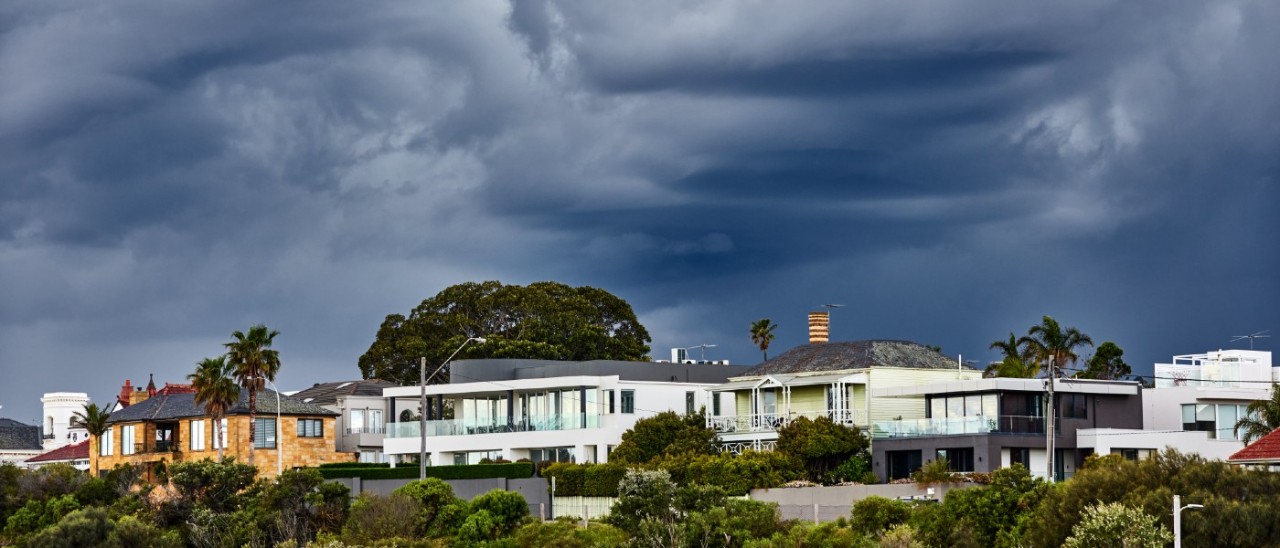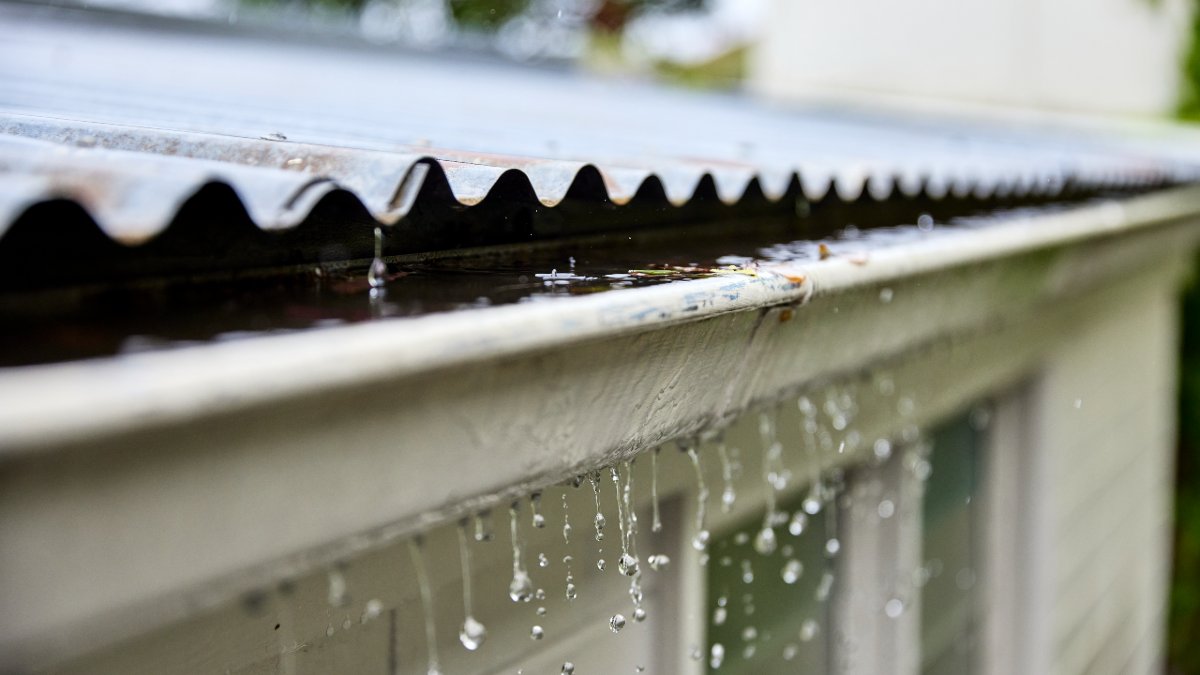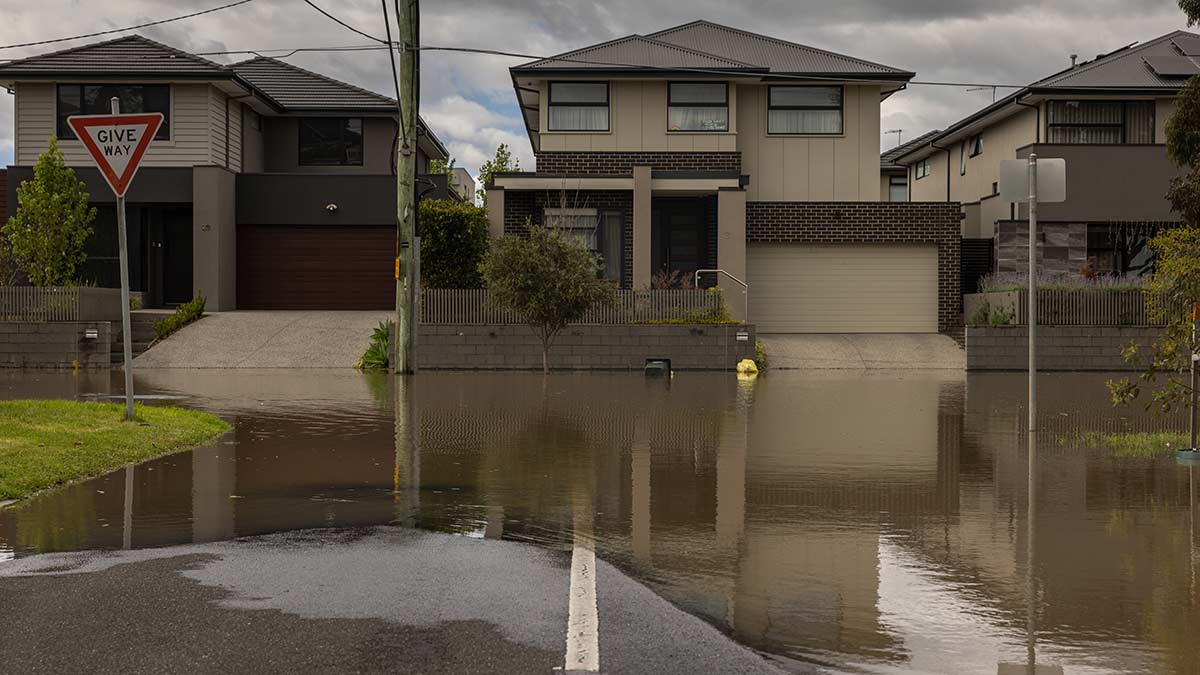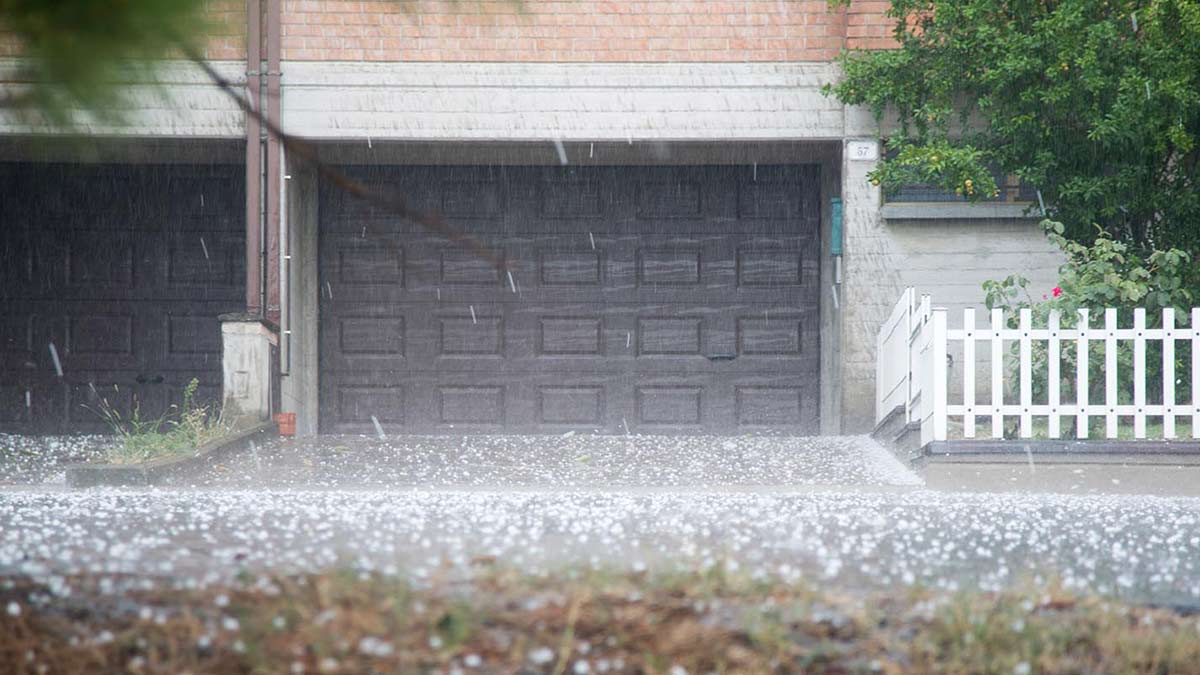A roof protects your home against the elements, but it needs to be kept in good condition to help protect your asset. Here’s a guide to roofing materials, common roof issues, dealing with solar panels, and maintenance tips.
How to prepare and stay safe during storms: flood, hail, wind and blackout tips

Storms present a major hazard to homes, property and safety. Learn how to prepare for severe storm conditions, including blackouts, hail, high winds, and flooding.
Every year storms cost Victorians around $28 million in damage and account for about 80 per cent of all Victoria State Emergency Service (VICSES) callouts. During the 2023-2024 financial year alone, Victoria experienced two catastrophic storm events, including the Valentine's Day storms that resulted in more than 27,000 insurance claims - with an average claim amount of $8,000.
With climate change expected to increase the frequency of extreme weather events such as storms, it’s important that all Victorians take practical steps to prepare.
“Preparing for extreme weather events like storms is the responsibility of households, communities and governments,” says RACV General Manager Home Bill Bloodworth.
“Whether you own your home or are renting, there are actions you can take to prepare yourself for emergencies.”
Stay up-to-date via the VicEmergency website or app and check VicTraffic for road closures and hazards during storms. Phone VICSES on 132 500 for assistance or Triple 000 in an emergency.
In this article
How to pepare your home for a storm
Even if your home isn’t at risk of flooding, storms can be just as damaging if you’re unprepared. Every year VICSES responds to about 20,000 calls for assistance following a storm.
If you haven’t done so already, clear your gutters of debris to prevent roof leaks during a downpour. This job can be dangerous, so use safety equipment like gloves and non-slip shoes - or hire a professional to do the task for you. Ensure the gutters are draining away from your home and not pooling in the foundations or in stagnant puddles. Do not attempt to clear your gutters if it is already raining or wet.
Strong winds during storms can fling loose objects at high speeds, turning them into dangerous projectiles. VICSES reports that much of the damage caused by storms is the result of strong winds throwing tree branches, trampolines, outdoor furniture and roof tiles.
Prepare for high winds by removing debris from your property that could be harmful, such as large branches, and tie down (or take indoors) any outside furniture that could be picked up by strong gusts. Outdoor umbrellas and trampolines, in particular, are easily thrown by strong winds and should be tethered securely. Prune trees on your property regularly to minimise the chances of strong winds breaking and tossing weak branches.
During the storm stay inside and away from windows. Do not travel if possible – if you must travel, drive to the conditions and beware that landslips, obstacles, mud and reduced visibility is likely when driving.
Safe driving tips for storms
Storms can strike at any time, including while driving. Storm conditions such as rain, hail, and strong winds can all affect your ability to drive safely.
Extreme weather conditions can reduce your ability to see the road, with drivers advised to slow down and increase their distance from other vehicles if visibility deteriorates.
Turn your headlights on to increase your visibility for other vehicles, and avoid using your high beams unless travelling on a dark road, remembering to dip your lights when there is oncoming traffic.
If you can no longer see past your bonnet, then it’s time to pull over as soon as it’s safe to do so. Pulling into a covered service station or carpark is a good option, if available. Don't park your car under trees or near power lines, or near bodies of water that might flood during the storm.
What is thunderstorm asthma?
Asthma Australia says you may be at risk of thunderstorm asthma if you have asthma or hay fever symptoms, such as sneezing, itchy eyes or nose, and dry cough. The peak consumer body warns that thunderstorm asthma can be dangerous, leading to severe difficulty in breathing.
Preventative measures include seeing a doctor to manage asthma and hay fever, and carrying asthma or hay fever medication with you. Thunderstorm asthma commonly occurs in spring but can extend to December during the pollen season. You can access a thunderstorm asthma forecast through VicEmergency. If at risk, do not go outside during an alert. Close your doors and windows, and choose the recirculate setting if using an air conditioner. If symptoms become severe, call Triple 000.

Blocked gutters can cause water to overflow and leak into your roof cavity during heavy rain. Image: Matt Harvey.
Preparing for floods and heavy rain
One in ten Australian homes are at risk of flooding according to the Insurance Council of Australia (ICA), with Melbourne Water additionally reporting that more than 200,000 properties are at risk of flooding in Melbourne alone. You can check your property's flood risk by using VICSES's flood guide.
Learn how to prepare your home and household for flooding to help minimise the impact.
Make a plan
Prepare for a flood and create a plan in advance that includes a safe route to a designated evacuation point outside the floodplain and on high ground. Your local council can provide information on these locations. Keep in mind that you should never drive through floodwaters, therefore have an alternate route planned in case a road is cut off. VICSES warns that a car can float in as little as 15cm.
Create a kit
Keep an emergency kit handy in case of evacuation. This kit should be kept in a waterproof container and include bottled water, non-perishable food, a first aid kit, a mobile phone and charger, any regular medications, torches, and a battery-operated radio with spare batteries. Keep your important documents (passports, birth certificates etc) with the kit or close by.
Prepare your home
Use plastic sheeting and sandbags at external doorways to prevent water from entering. Place sandbags inside plastic garbage bags to block drainage holes in your bathroom (for example, bath, shower, and toilet). Store valuables high up in cupboards or shelves, and turn off your gas and electricity.
If you live in a high-risk flood area, permanent measures such as retrofitting your home for flooding using wet-proofing or dry-proofing methods can help prepare your property even further. Retrofitting includes installing water-resistant materials and major structural changes such as raising the building.
Be ready to evacuate
If a flood is likely, stay abreast of current flood watch and flood warning alerts via the BOM and VicEmergency app. These services will tell you if and when you need to evacuate.
If you’ve had to evacuate due to flooding, you also need to be prepared for the clean-up process once the water recedes and authorities give you the all clear to return to your property. The toll of flood clean-up can be both mentally and physically exhausting.

About one in 10 Australian homes are at risk of flooding, including at least 200,000 in Melbourne. Image: Getty
Preparing for hail
Like storms, hail is most likely during early spring and summer due to warmer ground temperatures and cooler air in the upper atmosphere. And like storms, hail has the potential to be extremely damaging.
The BOM and VicEmergency app will alert you when hail is possible. If hail is likely, move your car undercover if possible before the weather system hits. If it isn’t, having a hail cover for your car on hand can help minimise damage. If you don’t have a hail cover, you can improvise one using blankets, a tarp or even rubber floor mats in your car.
If you’re out driving when hail strikes, pull into an undercover carpark or covered service station if possible and wait the hail out. If that isn’t possible, slow down, turn your lights on and pull over in a safe location (not under any trees or power lines) if visibility becomes poor.
Preparing for blackouts
Blackouts – or power outages – can happen at any time, but are more likely during storms and extreme weather conditions because of the increased risk of issues with powerlines, power stations, or the overall grid infrastructure.
In the event of a blackout, make sure you have an emergency kit prepared with batteries, torches and portable power banks. Before a storm, it’s prudent to fully charge your phones in case you lose power, and to have a stock of non-perishable food and water. Keep this kit somewhere easily accessible, as you may be looking for it in the dark.
If your power unexpectedly goes out, check your home’s safety switch and turn off any electronics at the wall to reduce the change of power surges when the power is reconnected.
Try not to open your fridge or freezer, as this will help keep food at a safe temperature for as long as possible and reduce wastage. Take note of the time the blackout started so you can monitor how long your food was unrefrigerated once power returns.
Use the VicEmergency app or contact your energy provider to find out when power might be restored.

Hail can be extremely damaging to vehicles, so park your car in a covered location if possible for the duration of the storm. Image: Getty
How to clean up after a storm
Once the storm has passed, take some time to check your home and property to see if there’s any damage. Before you start cleaning up debris, put on protective clothing, including closed shoes, gloves and long-sleeve pants.
Be mindful that hazards may be present after the storm, including flood waters, mud and fallen branches. Proceed with caution.
Some of the key things to consider and look out for before entering and inspecting your home for damage, include:
- Do you smell gas?
- Is the power functioning correctly and could there be exposed wiring?
- Is anything smoking or smouldering?
- Have any floors or walls shifted?
If you detect any changes, it may be best to call emergency services and get professional assistance.
Powerlines may also have fallen during a storm. If you see a fallen power line, stay at least eight metres away and don't touch it - you need to assume it is alive. Contact your local power provider to notify them of the hazard.
If your home is safe to stay in, and you're ready to start cleaning, check out our step-by-step guide to cleaning your home after a flood.
The information provided is general advice only. Before making any decisions please consider your own circumstances and the Product Disclosure Statement and Target Market Determinations. For copies, visit racv.com.au. As distributor, RACV Insurance Services Pty Ltd AFS Licence No. 230039 receives commission for each policy sold or renewed. Product(s) issued by Insurance Manufacturers of Australia Pty Ltd ABN 93 004 208 084 AFS Licence No. 227678.


